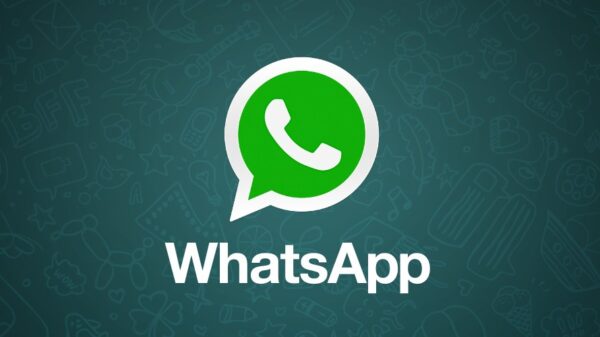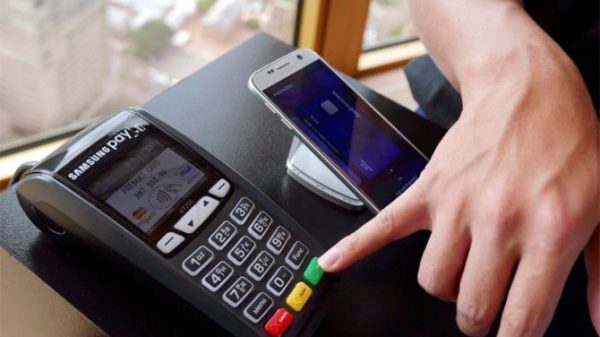
By Prateek Surisetti
On March 1st, a single judge passed an order restraining Apple from using the word “SplitView” on account of alleged passing off claims from a software developer (Rohit). Apple promptly appealed against the order and a Divisional Bench overruled the earlier passed temporary injunction.
The Divisional Bench April 7th Delhi HC order is the closest you’ll get to a teaser in the legal world. Apart from demarcating contentious areas required to be explored, it also provides us with a fantastic opportunity to review the basics of trademark law.
Furthermore, instead of making this piece factually intensive, I have chosen to focus more on building a framework to answer the legal questions that have risen, rather than on actually using relevant facts to answer them. Nevertheless, I will have to bring in some facts from time to time.
Before moving any further, there are a few factual points to note. Contrary to what your first impression might be, Rohit’s product “SplitView” is quite well-known (14000 paying customers) and achieves a function similar to that of Apple’s “SplitView”. Rohit owned the domain name “www.splitview.com” since the mid 2000s and has also applied for trademark registration in both India and the U.S.A.
Moving on, Apple has two stages of arguments:
(a)That “SplitView” cannot be provided protection as a trademark because of its descriptive nature.
(b) Even if “SplitView” is provided protection, passing off hasn’t occurred because:
i. Apple’s usage of “SplitView” has been in a descriptive sense.
ii. Apple’s usage is in a different context and hence, doesn’t cause mark confusion.
iii. Apple’s usage of the mark (“SplitView”) has been prior to Rohit’s.
Let us get straight to argument (a).
It is established law that a mark is not subject to protection if it is descriptive in nature. We need to look at the relation between the mark and the product. If the mark describes the product, then it cannot be trademarked. But the analysis doesn’t stop there: If the mark, though primarily descriptive, subsequently acquires a secondary meaning (e.g. Kellogg’s “All Bran” cereal) then it can be protected. So first, we need to look at the extent to which “SplitView” serves a descriptive function.
Though “Split Screen” can be found in the dictionary, there isn’t any mention of “SplitView”. Given that Rohit’s “SplitView” is popular enough, it can be safely concluded that customers do attribute the mark to Vyooh (the company that Rohit works for). Note that we are not looking at whether “SplitView” is better known as Apple’s or Rohit’s product, but just if Rohit’s product can independently be considered to be a well known product and I think it does pass the test. But is it inherently distinctive, or has it acquired secondary meaning?
Apple’s counsel came up with a dozen examples of how the word “SplitView” was used descriptively by other companies. Though Rohit’s counsel tried showing how these examples are not relevant in the current context, it would be hard to debunk the claim that “SplitView” is, at least partially, descriptive in nature. After all, both their products “split” the “view” to accommodate multiple applications on the screen.
Though the court hasn’t taken a decision yet, taking into account Rohit’s product’s considerable popularity, let us assume the court will hold that it has acquired a secondary meaning. This assumption brings us to the next stage of analysis: Has passing off occurred?
Enter Argument (b)(i):
If a protect mark has a secondary meaning and serves a descriptive function also, then courts look into the manner of usage by the allegedly defaulting party. Other parties can use such marks in a descriptive sense, but not as a trade mark. So, let’s move on to analyze Apple’s usage. I felt the best way to represent this argument would be to show it as an exchange between the lawyers.
Rohit’s Counsel (RC): The usage of capital letters in “SplitView” indicates usage of the mark in a trade mark sense. Furthermore, Apple has registered a number of marks that seem descriptive in nature (“File Vault”, “Cinema Tools”) and these are seen alongside “SplitView”, which gives the impression that even it is trade marked.
Apple’s Counsel (AC): Consumers are capable of ascertaining the nature of a mark. No consumer would consider marks such as “Notes” or “Mail” to be trade marks, while at the same time, concluding that marks such as “Mission Control” are used in a trade mark sense.
RC: If “SplitView” was used descriptively, then what is the name of the feature?
AC: Consumers use the descriptive mark as the name, while understanding that it’s not a trade mark.
So, the core question here is:
Will consumers consider Apple’s usage of “SplitView” as usage in the trademark sense? I am not too sure about which side this contention will swing towards and all we can do is to wait for the court to decide. Nevertheless, note that all the three contentions under argument (b) do not depend on each other. So, we can consider the next contention without taking a stance on this one.
This gets us to contention (b)(ii).
Consumers can buy Rohit’s “SplitView” as a standalone product, but Apple sells it as a feature of a larger product (The Operating Softwares “Mac OS X El Capitan and iOS 9”). Given that none of the software’s features can be bought as individual products, Apple’s counsel argued that the presence of other elements of the larger software (logos, other features, etc.) will serve to allay any confusion that consumers might have about the manufacturer of the product.
This argument finds its basis in the case of Kaviraj Pandit Durga Dutt Sharma vs Navaratna Pharmaceutical (AIR 1965 SC 1980), which held that the effect of “added matters” such as packaging should also be taken into account while determining the net extent of confusion that is caused by the usage of the protected mark by the allegedly passing off party.
So, the question over here is:
To what extent will the presence of the mark “SplitView” in Apple’s products play on the minds of consumers when they try to ascertain the manufacturer of the operating software?
In my opinion: Very little.
An operating system has a plethora of markers (logos, other features, etc.) that significantly reduce the possibility of confusion that a consumer might go through while trying to ascertain the manufacturer of an Apple product.
Finally, coming down to contention (b)(iii):
If an infringement claim has been slapped onto a party, then that party can take the defense of “prior use”. If a party used a mark as a trademark prior to the party that is alleging infringement, then infringement is not considered to have occurred.
Apple’s predecessor’s (Next) coders had used the mark “SplitView” for referring to the feature, while dealing with other colleagues. What is pertinent to note here is that this usage never reached the consumers. Consumers never attribute the mark to Apple, because they never even came in contact with it. The court out rightly rejected this claim and stated that Apple’s counsel could not take the defense of prior use as Apple had not reached the threshold or manner of usage required to claim this defense.
Conclusion:
Once the actual judgment (prior to June 4th) is out, I would love to bring you the analysis. Though I will be making a prediction here, understand that I have based this prediction only on what I have gleaned from the vacation order, which is nothing but a prima facie view. What I will be doing is akin to guessing a movie climax based on the trailer. Anyway, since I am done with my obligatory failed attempt at humour, here is the prediction:
*Drumroll*
Apple’s going to win.
The chances of confusion (about the product’s manufacturer), given that Apple’s product is an operating software and Rohit’s product is a standalone software, is very low. The presence of other marks and features in the operating system provide the consumer with enough material to distinguish one producer’s product from the other’s.
Chief References:
April 7th Order, Trade Mark Law Primer
***
Read the original article here.
Copyright © 2016 SpicyIP. This article has been crossposted with permission from SpicyIP.































